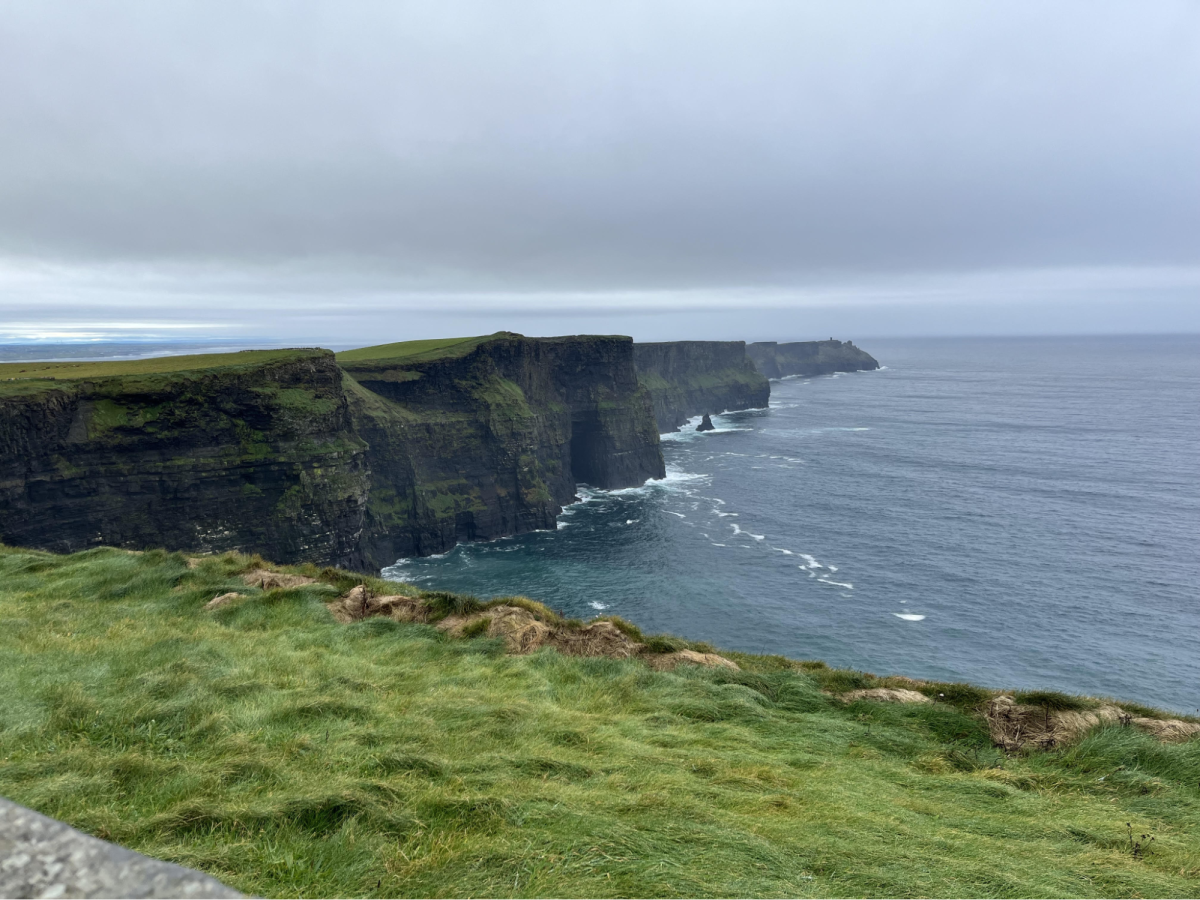According to archaeologist Patrick Hunt, the battle of Cannae, which took place in 216 BCE, was a significant battle in Roman history between them and Hannibal Barca (Rome’s greatest enemy). Before the battle, Terentius Varro and Aemilius Paullus (Roman consuls who were appointed by the senate and were generals) hoped to overwhelm Hannibal with sheer numbers. They brought in 80,000 men to go up against his 50,000 troops. However, it still didn’t work because of Hannibal’s great military tactics. He put them in a narrow valley pass near the town of Cannae (or present-day Puglia) and had them facing where dust was blowing, irritating their eyes. He had also taken over the Aufidus River, in Southern Italy which was the only main source of water in the area, giving the Romans another disadvantage.
Throughout the battle there were 30,000 gallons of blood spilled that day and confusion because some of Hannibal’s troops took dead Romans’ armor and put them on. Then Hannibal used the Cannae formation (named after the battle and which the Romans would later adopt) and killed between 55,000 to 80,000 Romans. The Cannae formation is where they have a center line of men in formation who are weaker than the rest and let the enemy push the center forward. Eventually, when it is far enough back they would encircle the enemy forces and strike them down from all sides. In the end, the battle was a win for Hannibal (only lost 6,000 men) which he had already won many times after his trip through the Alps and rampage across the Italian peninsula.
Other than the battle of Cannae and others like it, the Romans were successful overall when it came to fighting. The reason for that is that they had many different formations that their legions (different armies that consisted of 5,200 to 6,000 men) used to swiftly attack their enemies and gain victory. One of them is the Testudo formation, which is where they box themselves up with their shields to help protect them against incoming attacks. It was primarily for sieges or defense if any projectiles were incoming. There were also the first through seventh formations, which are a few different formations that the famous writer Vegetius wrote about. Of course, there is the Cannae formation and many other defensive or offensive formations that the Romans used.
Along with the battle of Cannae being an important part of Rome’s history, the first and second Punic Wars took place 264 BCE to 241 BCE / 218 BCE to 201 BCE (the battle of Cannae was a part of the second one along with Hannibal Barca). Both wars were between Rome (not super powerful during this time and only just conquered most of the Italian peninsula) and Carthage (conquered the Mediterranean with their ship travel and was a powerhouse).
The first Punic War started after both Rome and Carthage tried to help Sicily; it called for help from both which sparked the war. Throughout the war it was costly on both sides and tiring for Rome. After the Romans learned how to build a navy, it was destroyed multiple times by very powerful storms. Even though that happened, Rome was able to rebuild them fairly quickly even though they weren’t as big of a powerhouse as Carthage.
Additionally throughout this war, many battles took place both on land and sea and both sides won multiple times. But in the end, Rome won and this is how it would end for the rest of the Punic wars. However, for the second Punic War, it didn’t go as smoothly because of Hannibal Barca. Hannibal is the son of Hamilcar Barca, who was a general for Carthage during the first Punic War and taught Hannibal to hate Rome and seek revenge for what they did. He also turned Hannibal into the general he is remembered as, and he later died in Spain.
After his father’s death, Hannibal proceeded to take an army through the Alps, which seemed impossible to everyone and the Romans who doubted he would survive. He did survive and nearly brought Rome to its knees after winning battle after battle with them like at the battle of Cannae. Eventually, Rome came back after Scipio Africanus took command of an army and started to win battles against Carthage and even conquered Spain from Carthage. After all that, at the battle of Zama, Scipio defeated Hannibal and his army to then later take Carthage and win the war.
The Romans weren’t just great at fighting as they had also made and improved different inventions.
Kaneland ancient world history teacher Scott Parillo explained what the Romans did with inventions.
“The thing that fascinates me is that they took all the ideas from other civilizations and made them their own. This made it better which is really cool,” Parillo said. “The arch, the dome, the weapons that they got from other people and made it their own and made it better.”
They made or perfected many different inventions throughout the Roman Empire. One invention they perfected from the Egyptians and other civilizations was water aqueducts, which used gravity to carry water for miles. They helped power any of their other aquatic infrastructure and helped cities not need to depend on one water source. It also helped promote sanitation, and some are even still used to this day. Another invention that they made was Roman concrete, which is weaker than today’s but it’s a reason why many ancient structures are still standing. It’s thanks to its special formula that helps make it able to endure chemical decay. They also perfected more like their roads (we still use some today), Julian calendar, arches, bound books, newspapers and even social security.







